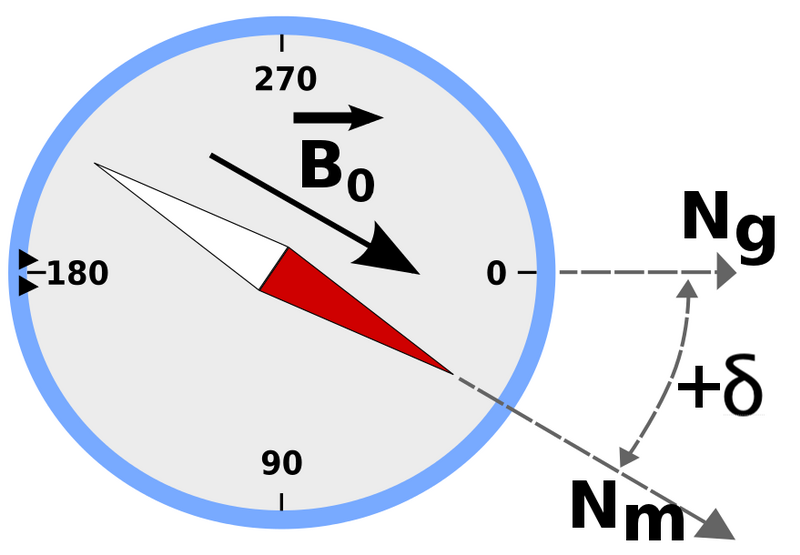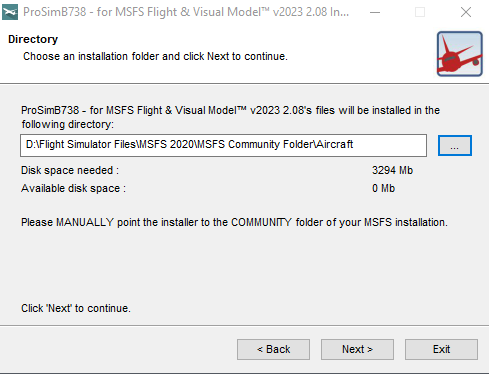RESEARCH & DEVELOPMENT (R&D)
Introduction
In early 2011 I began to investigate the feasibility of building a flight simulator, to replace the generic style desktop simulator I was using.
My primary aim was to use OEM panels and components, however, at the time, procuring Next Generation parts was not easy and any parts found were often expensive. It became clear that finding all the OEM parts necessary would be a time consuming task, and this would have an impact on the timeline of the project.
Simulator Chronology
The build has to start somewhere, otherwise you can spend far too long researching various aspects and become 'burnt out' before actually beginning the project. Furthermore, it's important to keep an active interest, and as flying the simulator was my prime goal, I thought it pertinent that I have a simulator that could be used during the build process. Being able to use the simulator would, I hope, stop me from loosing focus and interest.
A prefabricated Main Instrument Panel (MIP) was purchased from Flight Deck Solutions along with a reproduction yoke and control column from ACE Engineering (the yoke and control column would be discarded once an OEM yoke was found).
The MIP is the central part of the simulator. To this MIP, as they became available, OEM components and panels will replace reproduction items. The advantage of using a prefabricated MIP at the beginning of the project, is that I can fly the simulator during the building process. It also acted as a skeleton from which OEM parts could be attached.
At some point in time, an OEM MIP will be obtained and the skeleton MIP replaced. The ACE yoke is only be temporary and the yoke will be disposed of following purchase of OEM yokes and control columns.
The project has taken far longer than I ever thought. Roughly 9 years has transpired since I began researching the project. By far, the most time consuming task has been finding OEM 737 Next Generation components and panels.
Documentation
I cannot stress the importance of documentation and recording exactly what you have done. This is especially poignant when it comes to interfacing various components to interface cards and the avionics.
Stage Development
I categorised my project into five Stages:
Stage One
Initial research, financial constraints, commissioning and ordering.
Stage Two
Acquisition of parts (reproduction and OEM).
Stage Three
Development of a working simulator with full MIP, avionics, yoke, throttle quadrant, center pedestal, seats, rudder pedals, and one external view screen, but no overhead panels.
Stage Three is by far the most critical as this stage revolves around the conversion of various OEM components so they work correctly with the avionics suite. This stage has been broken down into several sub-stages that closely follow the various 737 aircraft systems. For example, automation of throttle levers, parking brake, Auto Flight and so on.
Stage Four
Development, construction, and implementation of the forward and aft overhead panel.
Stage Five
Development of the external visuals and probable implementation of some type of shell. It has not been decided whether the simulator will be encased (as in a nose cone) or remain as a open roll cage design. Stage Five will also include the implementation of the forward and aft overhead panels.
Stage Six
Installation of loading to flight controls.
The reason for the stage methodology was to provide a time-orientated approach which would lead to the completion of one stage before moving into the next stage.
The stage system is to provide a guide. Call it a road map if you will. In reality, some stages will undoubtedly overlap.
More Information - Stages
Stage One is the most important stage. This is when you think and plan. The outcome of this stage will narrow the road, and hopefully direct me to what avionics suite to use, what simulation platform to use.
I have spent countless hours (actually weeks) looking at other simulators - some were downright awful, whilst others looked like the real thing; I decided early on that the simulator would fall somewhere in between. It’s important early on in the project to determine the level of realism and immersion you would like, as changing tact half way through a project can be expensive and time consuming.
Stage One also involves developing the design of the simulator and determining if what you have designed is achievable, both technically and financially.
At this point, it’s vital to understand the industry and to discuss ideas, equipment and the reputation of suppliers with other enthusiasts. Forums are a good place to begin, but it must always be remembered that many forums are biased to a particular brand product.
I place a lot of importance on the support that suppliers (manufacturers) have for their products. Some suppliers offer no support, others provide forums to solve issues, while other provide outstanding support for tier products. In my opinion, considering the sum of money you are outlaying, full support and a forum should be mandatory.
During this time, the outline of your flight deck should be becoming apparent, as should the timeline for the project. It is important to know the dimensions of your planned flightdeck. The last thing you need is to order parts and discover they do not fit into your house, garage, or apartment.
The flight deck is as powerful as the computers that run it. Although a through knowledge of computers and software systems is not required, a good working knowledge is. It’s easy to forget about computers, but this is like ignoring the heart when looking at how the human body works. Computers are important, and most simulators will requite a number of networked computers. Likewise, the avionics software must be selected, and this will depend upon the aircraft you have chosen to simulate.
Following closely is the financial aspect of your project. I used Micro$oft Excel to analyse the cost associated with the project. I knew the simulator was not going to be cheap, but the last thing I wanted was the project to snowball to some outrageous figure that wasn’t affordable. To the total figure I added a further 20% to cover incidentals, freight forwarding fees, and unscheduled expenses and purchases.
No matter how precise you are with your planning, it’s guaranteed that a project of this scale will become at least 20-30% more expensive than what you planned. Freight costs will become one of the largest expenditures and import duties can become a financial burden. It’s important, if possible, to know these costs relatively early on in your project.
After completion of the research and financial aspects, it’s time to begin to contact the various manufacturers to determine what their timeline is in relation to supply. Many of the hardware items are not off the shelf and require a few months lead time to manufacture. If OEM items are sought lead times can be very long.
The final segment of Stage One and leading into Stage Two is commissioning what you require (aka spending money...)
Stage Two is obtaining the necessary components, panels, etc. Depending on your experience you may have to purchase various tools to build the simulator. You will need far more than a screwdriver and wrench!
Stage Three is building the main part of the simulator.
Stage Four revolves around the construction of the forward and aft overhead panels
It may seem odd that the overhead panel is implemented toward the final stages of the project. The reason for this is relatively straightforward. Many flightdeck builders have problems associated with the construction of the overhead. The overhead is one of the more complicated panels to replicate because the interrelationship between the aircraft systems.
In my opinion, everything should be functioning in the simulator prior to implementing the forward and aft overhead panels.
Stage Five revolves around outside visuals and whether a shell is going to be used. By this time the simulator will be fully operational using two large LCD televisions.
Stage Six will be developing realistic loading for the flight controls (not to be confused with force feedback). Realistic loading will accurately replicate the pressures felt on flight controls when extending flaps, landing gear, speedbrakes, etc.
At this point anything forgotten will be addressed.
Recommended Suppliers (short list)
Several companies and various products were earmarked for trial, and after extensive research, a list was developed. My requirements were very specific, so the list was rather short.
The short list for hardware was:
Ace Engineering
CP Flight
Flight Deck Solutions
Flight Illusion
Fly Engravity
Northern Flight Sim
SimWorld
SISMO
Hardware Interface cards were to be supplied by:
Flight Deck Solutions
Leo Bodnar
Phidgets
PoKeys
Polulu
SimStacks
Flight Illusion, a company that produces reproduction flight instrument gauges, was removed from the list as I decided to use OEM aviation parts.
Northern Flight Sim, although initially commissioned to convert an OEM throttle quadrant, was removed from the list due to problems with measurements, attention to detail, and the continual use of low cost parts.
Fly Engravity was not selected due to expensive freight charges from Europe to Australia. This said, I did purchase a few smaller items to act as fillers while waiting to find OEM parts.
SISMO was selected to supply a number of reproduction panels for the center pedestal. However, the panels were not to specification and were of very poor workmanship. The panels were replaced with panels from Flight Deck Solutions (FDS) and OEM panels.
SimWorld was selected to supply the Mode Control Panel (MCP) and the Electronic Flight Instrument System (EFIS) panels.
Flight Deck Solutions was selected to supply the Main Instrument Panel (MIP) and several avionics panels, that at the time, were difficult to convert from OEM panels.
Avionics Software and Simulation Platform
The avionics software selected was Sim Avionics and ProSim737. After in-depth evaluation, ProSim737 became the preferred software.
Initially FS10 (FSX) was used. This was replaced with Lockheed Prepar3D (P3d). As at January 2025 both P3d and msfs-2020 are being used.
For additional reading please refer to Project Overview and to Sim Systems (main menu).
A lot has been completed. Please refer to Project Status.
Updated 18 February 2015












































